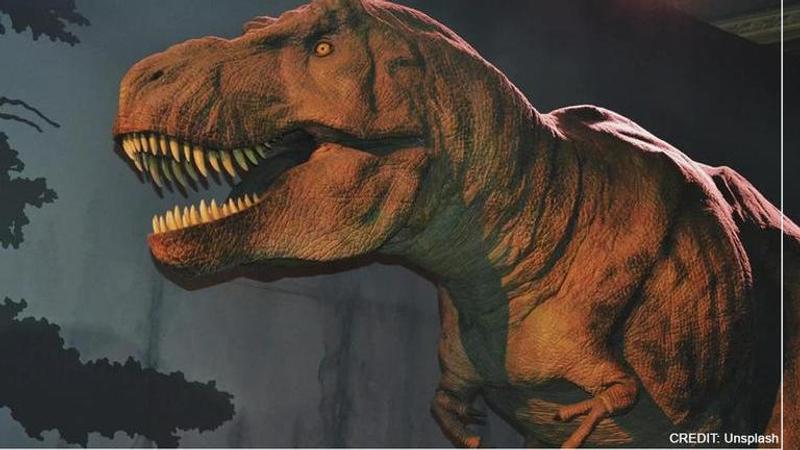Published 09:32 IST, May 28th 2020
Theropod dinosaurs preyed on each other in tough times during the Jurassic period: Study
During the late Jurassic period in ancient Colorado, Theropods a group of carnivorous dinosaurs, has preyed on dinosaurs of their own kind

'Theropods', a group of carnivorous dinosaurs, preyed on dinosaurs of their own kind when food was scarce, reveals a study. The members of the Theropods group are known for walking on two legs and varied from small to very large in size. According to a study published in the journal PLOS ONE their bite marks have been found primarily on the bones of herbivorous dinosaurs (that ate plants) but also on the bones of other theropods.
Theropods scavenged from the corpses of their fellow dinosaurs
Studying the fossils in the Mygatt-Moore Quarry of Colorado, researchers found that theropods likely scavenged from the corpses of their fellow dinosaurs. Bite marks provide insight on several behaviors of extinct animals among their own species, including food chain interactions, feeding strategies, prey selection and competition, the study said.
The researchers found it challenging to match the bite marks with specific perpetrators as marks may represent a small number of total bone markings when marks between characters have similar characteristics and when similar animals inhabit the same environment, the study revealed.
Tracing fossils in general- it can be challenging to figure out who left them and this happens because other animals could have existed at the same excavation locations but haven't been found yet, said first author Stephanie Drumheller-Horton, an adjunct assistant professor and part-time lecturer of paleontology at the University of Tennessee, Knoxville's department of earth and planetary sciences.
28.8 percent specimens had at least one theropod bite mark
Out of the 2,368 vertebrate fossils surveyed from the Mygatt-Moore Quarry, the researchers found 684 (28.8%) specimens had at least one theropod bite marks. The amount was shocking as it was significantly higher than in other dinosaur-predominant collections, or accumulations of fossils that include mostly dinosaur bones.
Jason Schein, a paleontologist and executive director of the Bighorn Basin Paleontological Institute, who wasn't part of the study informed that large fossil assemblages like the above mentioned can provide wonderful, detailed windows into the complexities of entire ecosystems in ways that single partial skeletons rarely do.
According to previous research, theropod bite marks are especially unique, representing only 4% or less of dinosaur-dominated assemblages. That's a much lower rate than the 13.1% to 37.5% frequencies of bones marked by mammals.
The findings left the authors with two possible answers: The first may be the Mygatt-Moore Quarry was weird and something was going on here where the theropods were having to just eat every available resource they could find, which does fit with some of what we know of the ecology and the second the paleontologists might have led us astray a little bit because of the way we collect fossils in the field, she said.
Previous collection protocols meant only the best-preserved fossils were collected for study and display, which might have left an unusually large amount of marked remains in the quarry. The researchers would need to expand their collection of data on bite-marked bones to other sites to provide more context for their findings.
Updated 09:32 IST, May 28th 2020



